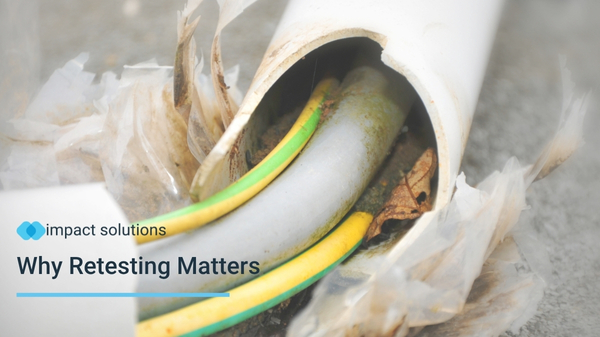Haze Transmittance of Transparent Plastic
Haze transmittance is a measurement of the scattering of light as it passes through a transparent material (plastic films etc.), resulting in poor transparency. Haze can be affected by a number of factors including, choice of resin, the moulding process and any surface textures. In addition, haze can be affected over time due to exposure to the environment (sun and moisture). Therefore, haze transmittance of transparent plastic and testing is common in conjunction with accelerated weathering testing.
Haze and transmission can be performed by Impact Solutions in accordance with ASTM D1003, or ISO standards for Haze (ISO 14782) and Transmission (ISO 13468-1).
According to ASTM D1003, regular luminous transmittance is obtained by placing a clear specimen at some distance from the entrance port of the integrating sphere. However, when the specimen is hazy, the total hemispherical luminous transmittance must be measured by placing the specimen at the entrance port of the sphere. The measured total hemispherical luminous transmittance will be greater than the regular luminous transmittance, depending on the optical properties of the sample. With this test method, the specimen is necessarily placed at the entrance port of the sphere in order to measure haze and total hemispherical luminous transmittance.




